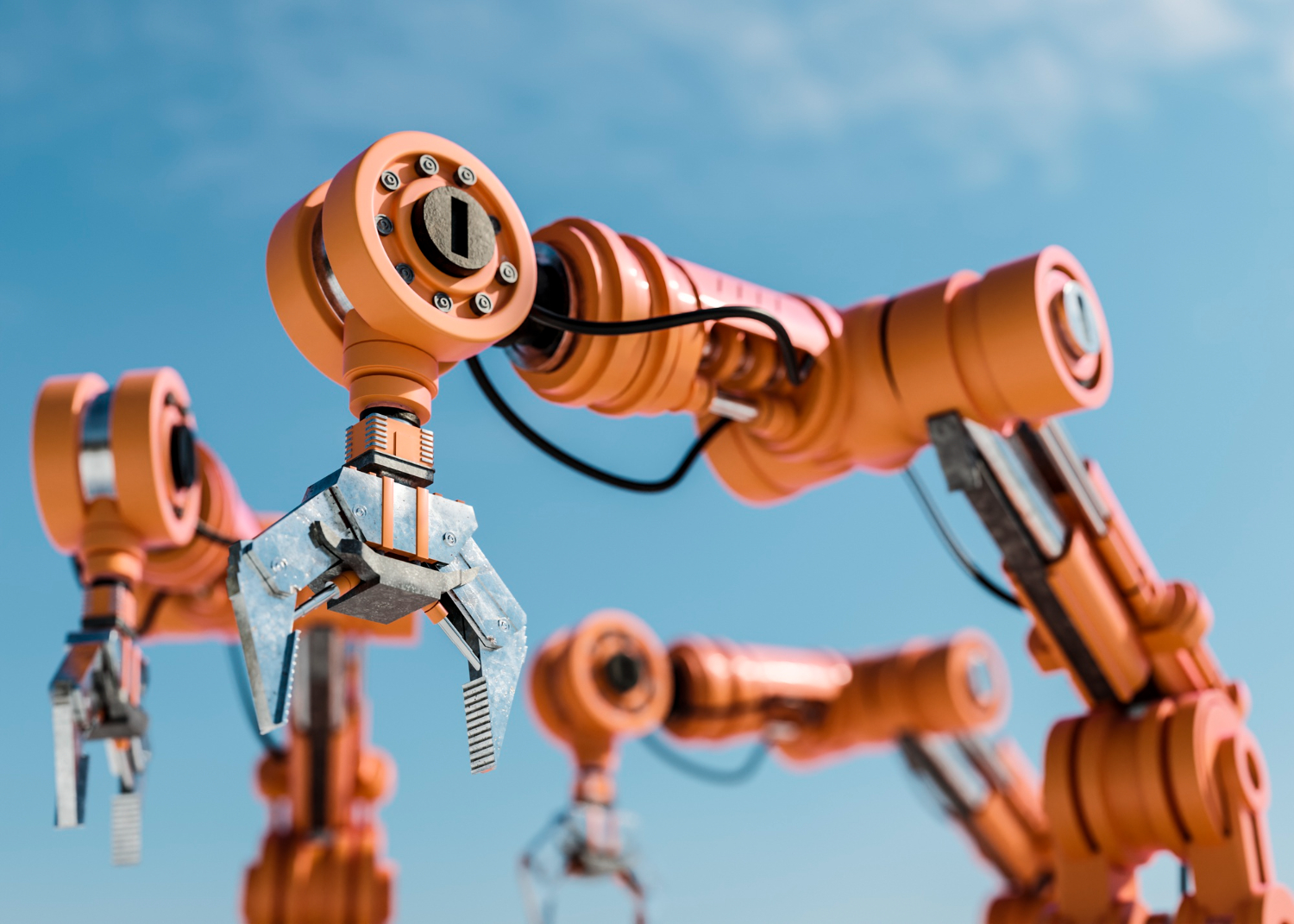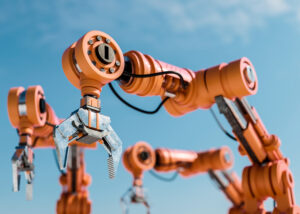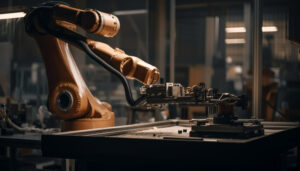Introduction
In the wide field of industrial robotics, two types differentiate out: Cartesian robots and articulated robots. These two types perform different functions and have particular characteristics that meet particular requirements in the manufacturing and automation industries.
Understanding the differences between them is essential for companies looking for ways to improve their manufacturing processes.
In this blog post, we will look at the differences between Cartesian robots and articulated robots, including their features, applications, and benefits.
1. What is a Cartesian Robots?
A Cartesian robot, also called a gantry robot or rectilinear robot, works in a three-dimensional Cartesian coordinate system.
It consists of linear actuators that move along three axes (X, Y, and Z), allowing for accurate and controlled motion in straight lines.
Cartesian robots are distinguished by their ease of use, strength, and applicability for applications that demand extreme accuracy and repeatability. They are often used for pick-and-place operations, CNC machining, and handling material jobs.
2. What is an articulated robot?
whereas an articulated robot uses a number of interlinked joints that mimic a human arm. This design provides increased flexibility and strength, allowing the robot to navigate complicated, curving courses.
Articulated robots are often made up of several rotates joints that duplicate the movements of a human arm while giving a wider range of motion.
Because of their flexibility and adaptability, articulated robots are commonly used in jobs such as welding, assembly, painting, and packaging.
3. Differences between Cartesian Robots and Articulated Robots
1. Motion range:
Cartesian robots travel along straight, orthogonal axes, but articulated robots have a more flexible range of motion due to their jointed design.
2. Flexibility:
Articulated robots are more flexible and agile than Cartesian robots, allowing them to move around obstacles and enter limited locations more successfully.
3. Programming complexity:
Cartesian robots are often easier to program because their movements are limited to linear paths along designated axes. Articulated robots require more complex programming to coordinate the movement of several joints.
4. Payload Capacity:
Articulated robots often have a greater load capacity than Cartesian robots, allowing them to handle larger objects and carry out more demanding jobs.
5. Workspace efficiency:
Cartesian robots are ideal for applications that require a big workspace since they can quickly cover huge spaces. Articulated robots are more lightweight and can function efficiently in tight locations.
6. Precision:
Cartesian robots develop in applications requiring extreme accuracy and stability because they move in fixed linear pathways. Articulated robots may have slightly reduced accuracy due to accumulated mistakes caused by many joints.
7. Cost:
Cartesian robots are frequently more cost-effective, particularly for applications that do not require the variety provided by articulated robots. The complex structure and additional components of articulated robots drive up expenses.
8. Maintenance:
Articulated robots can need more frequent maintenance due to the existence of several joints and moving parts that are subject to wear and tear. Cartesian robots are often simplified in design and may need less maintenance.
9. Speed:
Cartesian robots are capable of high-speed linear motion, making them excellent for applications that need quick movement along predetermined courses. Because of the difficulty in synchronizing many joints, articulated robots may have slightly slower maximum speeds.
10. Flexibility:
Because of their capacity to mimic human movements, articulated robots have become more adaptable to a wide range of jobs and locations. Cartesian robots are more specialized and may have restricted applications.
11. Safety:
Articulated robots frequently incorporate advanced safety features such as collision detection and force sensing, making them safer to work in close contact to humans. Cartesian robots may require additional safety precautions when working in public areas.
12. Integration:
Cartesian robots are easier to integrate into existing manufacturing lines, particularly when the duties require straight mobility along set pathways. Articulated robots may require additional modifications and time for setup to suit certain applications.
Final Thoughts
Finally, the decision between these two robots is determined by the application’s specific requirements and limits.
While Cartesian robots perform at tasks requiring precision, speed, and simplicity, articulated robots provide more flexibility, strength, and adaptability for complicated settings.
Companies who understand the differences highlighted in this blog post can make better choices when picking the best robotic technology to improve their production processes and overall productivity.





